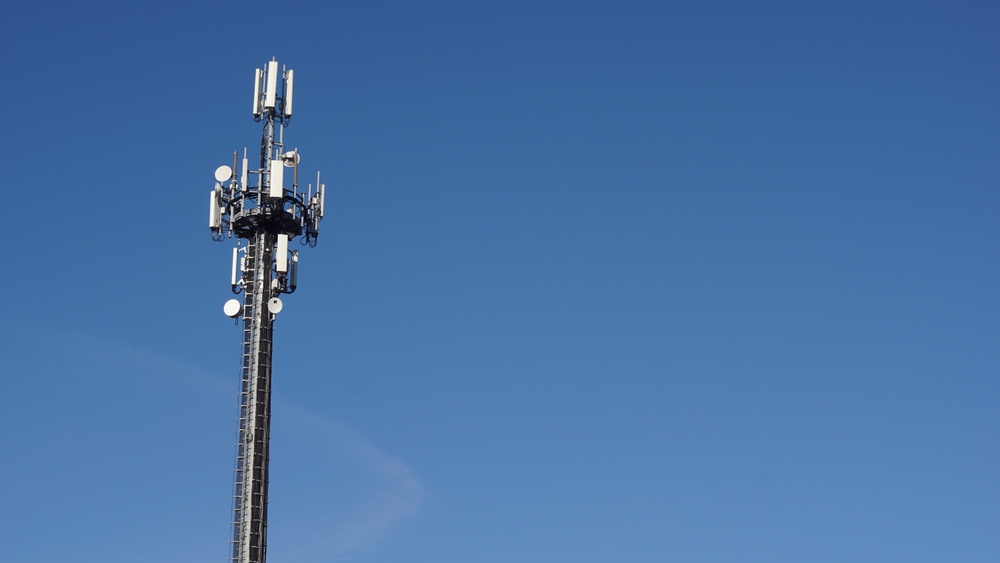Cellular Backhaul Optimization: Enhancing Network Capacity for Mobile Operators
As mobile data consumption skyrockets, cellular operators face mounting pressure to expand network capacity. One critical yet often overlooked component in this equation is cellular backhaul – the vital link connecting cell towers to the core network. How can operators optimize their backhaul infrastructure to meet surging demand while controlling costs? This article explores innovative approaches to cellular backhaul optimization that are reshaping the mobile landscape.

As we enter this new era of mobile connectivity, operators must rethink their backhaul strategies to ensure seamless user experiences and maintain a competitive edge. The challenges are significant – from managing the sheer volume of data to reducing latency and supporting new use cases like augmented reality and autonomous vehicles.
Microwave Backhaul: A Flexible Solution for Urban and Rural Areas
Microwave backhaul has emerged as a versatile and cost-effective solution for many cellular operators. Unlike fiber, which requires extensive trenching and can be prohibitively expensive in certain areas, microwave links can be deployed quickly and with minimal infrastructure. Recent advancements in microwave technology have dramatically increased capacity, with some systems now capable of delivering multi-gigabit speeds over distances of several kilometers.
In urban environments, microwave backhaul offers a practical alternative to fiber for small cell deployments. The compact nature of microwave equipment allows for discreet installation on existing structures, minimizing visual impact and simplifying the approval process. For rural areas, where fiber deployment may not be economically viable, high-capacity microwave links can provide the necessary bandwidth to support modern cellular services.
Millimeter Wave: Unleashing Ultra-High Capacity
As operators push the boundaries of network capacity, millimeter wave (mmWave) technology is gaining traction as a powerful backhaul solution. Operating at frequencies above 30 GHz, mmWave systems can deliver staggering capacities of 10 Gbps or more over short to medium distances. This makes them ideal for dense urban environments where traditional microwave frequencies may be congested.
The primary challenge with mmWave backhaul is its susceptibility to atmospheric attenuation and rain fade. However, advancements in adaptive modulation and beamforming technologies are helping to mitigate these issues. By dynamically adjusting transmission parameters based on environmental conditions, mmWave systems can maintain high availability even in challenging weather.
Software-Defined Networking: Revolutionizing Backhaul Management
The introduction of software-defined networking (SDN) principles to cellular backhaul is transforming how operators manage and optimize their networks. SDN allows for centralized control and orchestration of backhaul resources, enabling operators to dynamically allocate bandwidth based on real-time demand. This level of flexibility is crucial for accommodating the bursty nature of mobile data traffic and supporting new services with diverse performance requirements.
SDN also facilitates the implementation of advanced traffic engineering techniques, such as segment routing and path computation element (PCE). These technologies enable operators to optimize traffic flows across the backhaul network, reducing congestion and improving overall efficiency. Moreover, the programmability offered by SDN allows for rapid service deployment and network slicing, essential features for supporting diverse 5G use cases.
Network Function Virtualization: Enhancing Backhaul Flexibility
Complementing SDN, network function virtualization (NFV) is revolutionizing cellular backhaul by decoupling network functions from proprietary hardware. By virtualizing key backhaul components such as routers, firewalls, and load balancers, operators can achieve greater flexibility and cost-efficiency in their network deployments.
NFV enables operators to scale backhaul capacity dynamically, spinning up additional resources during peak periods and scaling down during lulls. This elasticity is particularly valuable for handling temporary spikes in demand, such as during large events or emergencies. Furthermore, NFV facilitates the rapid deployment of new services and features without the need for physical hardware upgrades, accelerating time-to-market and reducing operational costs.
Artificial Intelligence in Backhaul Optimization
As cellular backhaul networks grow in complexity, artificial intelligence (AI) and machine learning (ML) are emerging as powerful tools for optimization. AI-driven analytics can process vast amounts of network data in real-time, identifying patterns and anomalies that would be impossible for human operators to detect. This capability allows for predictive maintenance, proactive congestion management, and automated fault resolution, significantly improving network reliability and performance.
Machine learning algorithms can also optimize traffic routing across the backhaul network, dynamically adjusting paths based on current conditions and predicted demand. By continuously learning from network behavior, these systems can make increasingly sophisticated decisions, ultimately leading to more efficient resource utilization and improved user experiences.
Conclusion: A Multi-Faceted Approach to Backhaul Optimization
As mobile networks continue to evolve, cellular backhaul optimization remains a critical challenge for operators worldwide. There is no one-size-fits-all solution; instead, operators must adopt a multi-faceted approach that leverages a combination of technologies and strategies. From high-capacity microwave and millimeter wave links to software-defined networking and artificial intelligence, the tools for building next-generation backhaul networks are diverse and powerful.
By embracing these innovations and continually refining their backhaul strategies, operators can ensure their networks are prepared to meet the demands of tomorrow’s mobile services. As we move towards an increasingly connected world, the importance of robust, flexible, and efficient cellular backhaul cannot be overstated. It is the silent workhorse that will enable the next wave of mobile innovation, supporting everything from augmented reality to smart cities and beyond.





